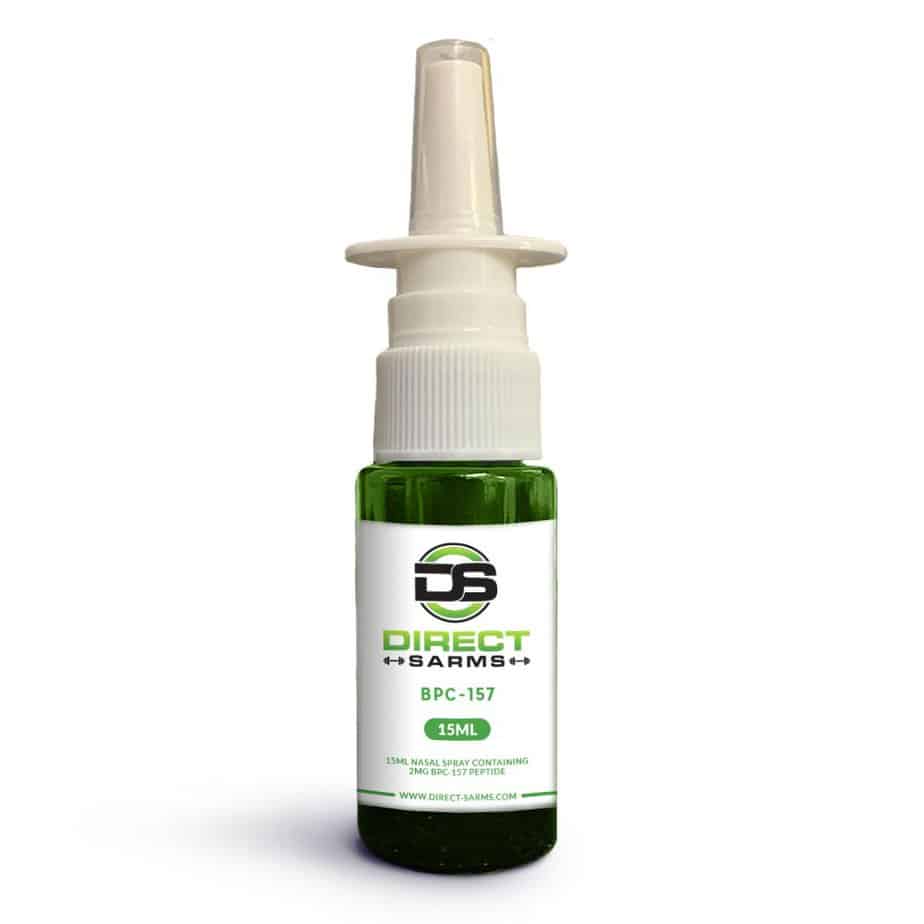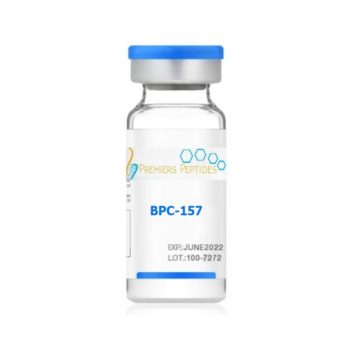Esophagogastric Anastomosis In Rats: Improved Recovery By Bpc 157 And L-arginine, Exacerbated By L-name By improving the feature of the venous system with BPC 157, we reversed the chain of Healing peptides dangerous events. Rats with intra-abdominal high blood pressure (grade III, quality IV) obtained BPC 157 (10 µg or 10 ng/kg sc) or saline (5 ml) after 10 min. BPC 157 management recuperated the azygos blood vessel via the inferior-- superior caval capillary rescue path. The peak concentrations of radioactivity in the kidney, liver, belly wall surface, thymus, and spleen were considerably more than those in the plasma. The focus in the digestive tract, lungs, and skin resembled those in the plasma, adhered to by those in the gonads, heart muscle, skeletal muscular tissue, and whole blood. These outcomes recommended that BPC157 can get in tissues and cells to carry out biological functions. Commonly, all enhanced intra-abdominal stress (i.e., 25, 30, 40, and 50 mmHg) generated an extremely noxious syndrome, which happened both peripherally and centrally. BPC 157, of which the LD1 has actually not been attained, has been carried out as an anti-ulcer peptide in inflammatory bowel condition tests and recently in a several sclerosis test. In pets, BPC 157 has an anti-inflammatory result and healing effects in useful recovery and the rescue of somatosensory nerve cells in the sciatic nerve after transection, upon brain injury after concussive trauma, and in extreme encephalopathies. A healing agent picked for the therapy of injuries should ideally boost several phases of recovery without generating negative side effects. After BPC-157 therapy at various time factors, the level of cell development was gauged utilizing MTT. The supernatants were then gotten rid of and the formazan color was liquified in dimethyl sulfoxide (DMSO). The absorbance was gauged utilizing a microplate viewers (Molecular Device, Menlo Park, CA, U.S.A.) at a wavelength of 490 nm. In addition, it might shield and fix the intestinal tract, advertise brain wellness, support cardiovascular function, and modulate the body immune system, potentially providing relief for different wellness conditions. Research is likewise focused on recognizing the systems through which BPC-157 exerts its advantageous results in arthritis. This includes inflection of development factors, cytokines, and other molecular paths involved in swelling and tissue repair work.
Are There Any Known Contraindications For Making Use Of Bpc-157?
Direct partnerships were observed between AUC0-- t and BPC157 dosages, as well as in between Cmax and BPC157 doses (Numbers 2D, E). The absolute bioavailability observed after IM management of each dosage in pet dogs was 45.27%, 47.64%, and 50.56%, respectively. After duplicated IM management of BPC157 at 30 μg/ kg for 7 successive days, the plasma focus versus time contour resembled that observed after a solitary IM injection of 30 μg/ kg (Figure 2C). Nevertheless, the pharmacokinetic specifications after duplicated IM management altered slightly compared to those observed after a solitary IM shot, with a little decrease in Cmax and t1/2 and a rise in Tmax.Data Availability Declaration
- The exploration of BPC-157's healing expertise carries us ahead right into empirical proof, where a series of professional trials and research study outcomes cast light on the peptide's restorative guarantee.Significant congestion of myocardium of control rats, with subendocardial infract located in all control rats at 25 mmHg (a, b), and at 50 mmHg of intra-abdominal pressure (c), while myocardium was maintained in all BPC 157- dealt with rats (A, B, C).In addition, no recognizable difference in the plasma concentration of BPC157 was observed in between male and female rats.This action guarantees specific wellness elements and feasible medication interactions get careful consideration.
Rewinding the Clock - Harvard Medical School
Rewinding the Clock.
Posted: Thu, 22 Mar 2018 07:00:00 GMT [source]
How long has BPC 157 been around?
The BPC-157 peptide''s history begins with the exploration of the compound by a Croatian scientific group in the early 1990s. Ever since, the restorative possibility of the BPC-157 peptide has been extensively investigated.

